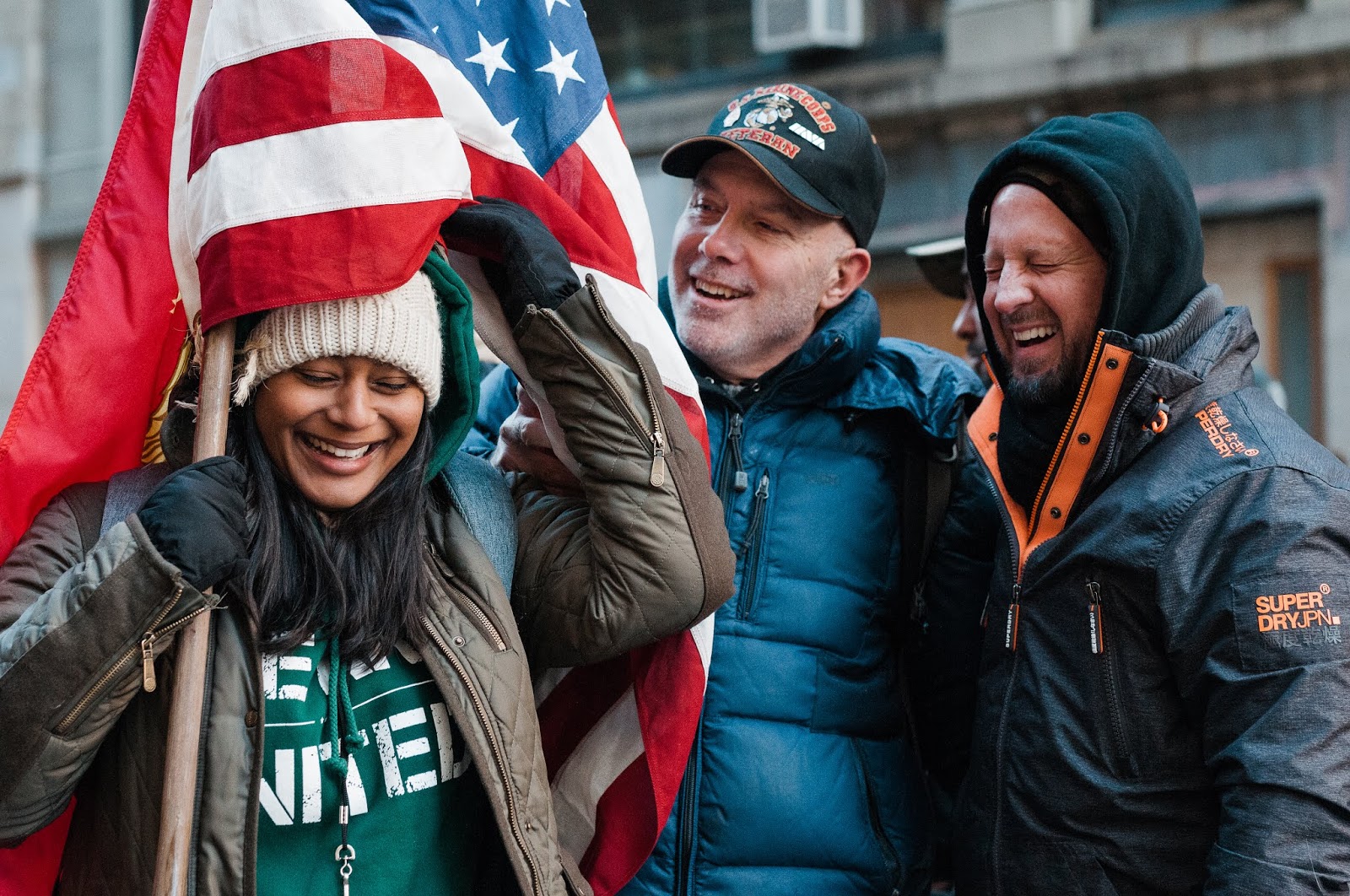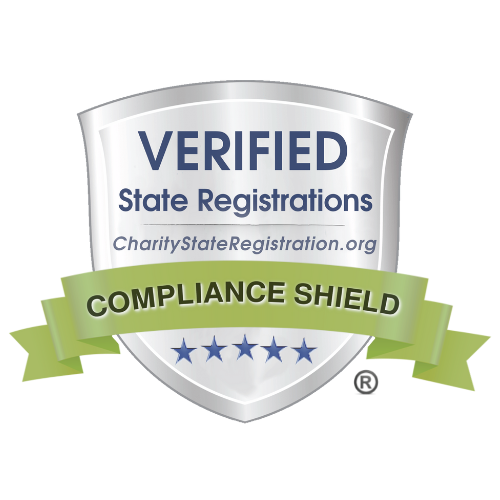IAVA | June 19, 2015
Read: Mission First, People Always: How IAVA is working with DoD to help shape the “Force of the Future”

If you’ve spent any time in the military, chances are you’ve heard the phrase, “Mission First, People Always.” It’s a phrase that some struggle to understand, especially during a time of war. How can one risk the lives of others to accomplish the mission and still hold true to the idea MFPA? Undoubtedly, our military exists to protect the homeland and to fight and win wars. However, leaders are responsible for preparing and training their people and families for the greatest of challenges, including war. As my first Platoon Sergeant used to say, “It’s about taking care of soldiers.”
I joined the full-time staff at Iraq and Afghanistan Veterans of America (IAVA) one year ago this month driven by the desire to take care of soldiers — to have a positive impact on the lives of service-members, veterans and their families. I had no idea what was in store. Over the past 12 months, I’ve had the opportunity to contribute to many life-changing events for our community including: passing the Clay Hunt SAV Act; shaping the president’s 19 new executive actions to strengthen access to mental health care; working to update the VA’s 40-mile rule of the Choice Act to better serve veterans; supporting DoD efforts in reforming the Defense POW/MIA Accounting Agency (DPAA) to bring all our people home; and working everyday to build new and trusted partnerships with government agencies and non-governmental organizations with the purpose of taking care of people.
I’m especially excited by a new opportunity to collaborate and serve our community by working with Secretary of Defense Ash Carter, Under Secretary of Defense Brad Carson and Deputy Assistant Secretary of Defense Rene Bardorf to realize and revolutionize the “Force of the Future.” If you haven’t read Secretary Carter’s speech to students at Abingdon Senior High School in Pennsylvania in March, you should. Our new secretary clearly understands the need for recruiting and retaining the all-volunteer force of the future, and plans to fundamentally reform personnel systems based on the characteristics of the millennial generation, which will fill the ranks in our future force.
Some say that change isn’t required and that we should stick with the status quo. I disagree based on feedback from IAVA members and the conversations I’ve had with service-members, veterans and their families over the past decade. Most of us have benefited greatly from our experience in uniform; however, we push back on the idea of being in a one-size-fits-all system that is in direct conflict with our priorities in life. We want to serve and yet we need customizable paths to service in order to stay in uniform and to recruit the force of the future.
Since arriving at West Point 17 years ago, I’ve left the Army twice; I left active-duty in 2007 and left the Army Reserves in 2013. Despite having amazing opportunities, I didn’t want a one-size-fits-all future in my career. In short, I didn’t feel like the Army understood me or my peers. I shared this with the colonel who gave me my final counseling and he responded by telling me about a new bonus program for combat arms officers like myself. This validated my thoughts that the Army did not understand what was important to me. I wasn’t staying or leaving because of money and the same applied to my peers. The Army understood there were attrition problems but didn’t understand why. That was in 2007 and for the first time since leaving active duty I believe that the DoD has the right framework and strategy for revolutionary change in the human resource practices within the department.
Based on the conversations I’ve had with Secretary Carter, I truly believe in his commitment to our service-members and their families and that he will drive change to build the force of the future: focusing on developing both the military and the broader Defense Department that we need to serve and defend our country in the years to come. This change will not be easy. Given what is likely a short timeline for design and implementation the clock is against the department, and yet we need only look at the retirement reform package that Congress is likely to pass and the president will undoubtedly sign into law. Who could have dreamed that would have happened now? I admittedly had my own doubts of anything substantial happening this year and yet the stars have aligned and the government is working with veteran and military groups to get the job done — a one team, one fight approach. It won’t be perfect but we know it will be an improvement for future generations. If we can get it down with retirement reform, why can’t we build the framework necessary for the force of the future?
I’ve met Secretary Carter three times and each and every time he talks about his number one priority being the people he leads in the department — military, civilian, contractor. His focus is clear and his willingness to listen to my story and the stories of others is genuine and impactful. I will not always agree with every decision he makes, and that’s okay. But given this moment in time and based on his experience and insight, it is my belief that he understands the challenges that confront such transformative change and yet he is committed to bringing it about. I’m humbled and honored to be part of the conversation and represent our generation and IAVA members as we continue to engage the department, Congress and our trusted partners to fight for our service-members, veterans and their families — never forgetting the mantra, “mission first, people always.”





